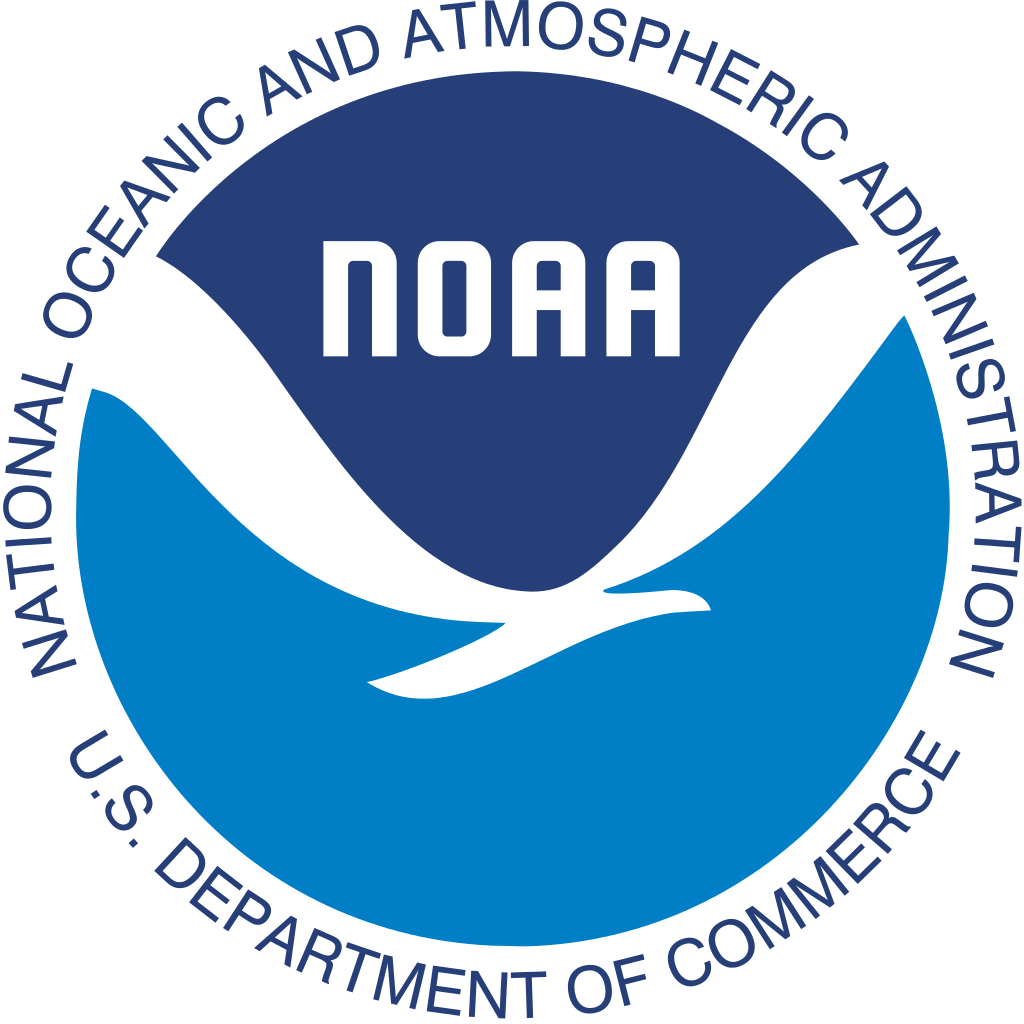Route description:
To follow this trail, launch at Big Talbot Island State Park. Follow the Intracoastal Waterway northeast around the bend, then south east out into the Atlantic Ocean. Paddle south along the Atlantic Coastline to the entrance of Simpson Creek. Enter Simpson Creek and continue south until you reach your destination, Kayak Amelia.
This route takes the average paddler approximately three to four hours one-way. Big Talbot Island State Park charges a $4 fee for use of its boat launch, which is located on the north end of the island, and Kayak Amelia charges $1 per person for use of its boat launch.
GPS Coordinates/Address:
Launchpoint:
Big Talbot Island State Park Boat Launch
30º 30´ 37.6´´ -81º 27´ 42.1´´
12157 Heckscher Drive, Jacksonville, Florida 32233
North mouth of Simpson Creek and Atlantic Ocean:
30º 29´ 00´´ -81º 25´ 26´´
Kayak Amelia:
30º 27´ 37.3´´ -81º 25´ 42.0´´
13030 Heckscher Drive, Jacksonville, Florida 32226.
Warnings:
This route is for experienced paddlers only, due to strong currents and waves. As you enter into the Nassau Sound and paddle in the Atlantic Ocean, strong currents and waves are likely. Simpson Creek at Kayak Amelia is also shallow at low tide.
Points of Interest:
This trail takes you along the eastern shoreline of Big Talbot Island State Park, a nature preserve located on one of Florida’s unique sea islands. Boneyard Beach is famous for the salt washed skeletons of live oak and cedar trees that once grew near the shore. Kayak rentals and guided tours are available through Kayak Amelia.
This trail also takes you along the southern coastline of Amelia Island State Park. This park protects over 200 acres of unspoiled wilderness. Beautiful beaches, salt marshes, and coastal maritime forests provide visitors with a glimpse of the original Florida.
This trail also takes you past the southwest tip of Little Talbot Island State Park. Little Talbot Island State Park has more than five miles of beautiful, white sandy beaches, and a four-mile hiking trail winding through diverse habitats. Maritime forests, desert-like dunes and undisturbed salt marshes on the western side of the island allow for hours of nature study and relaxation.

